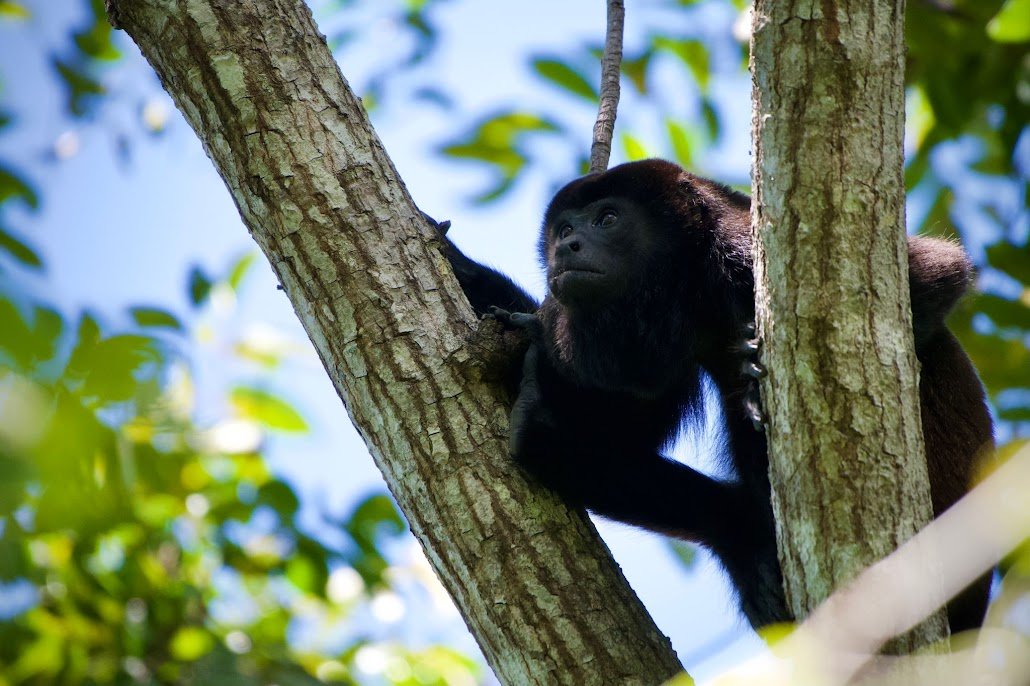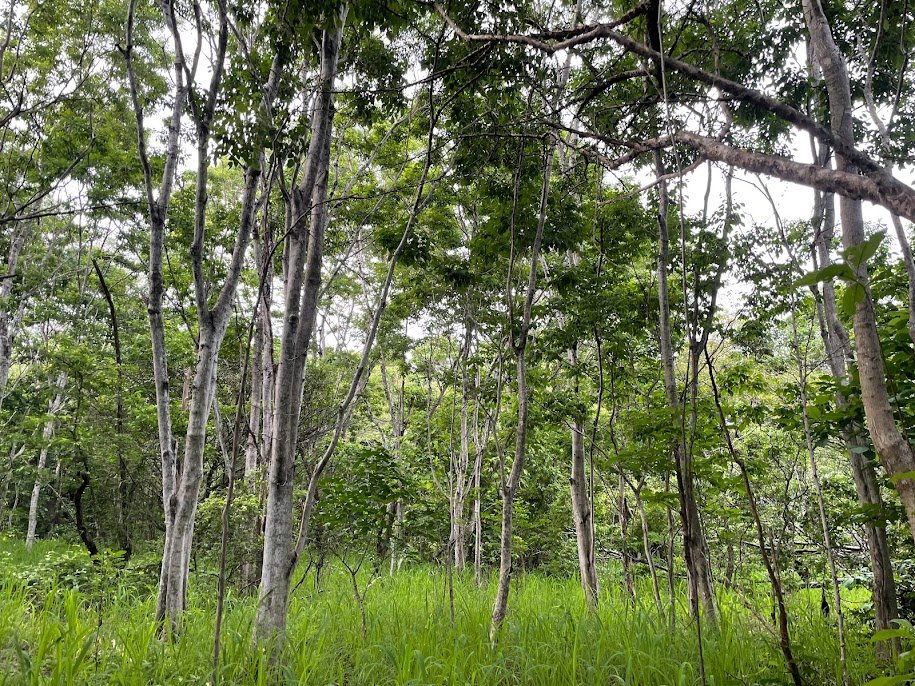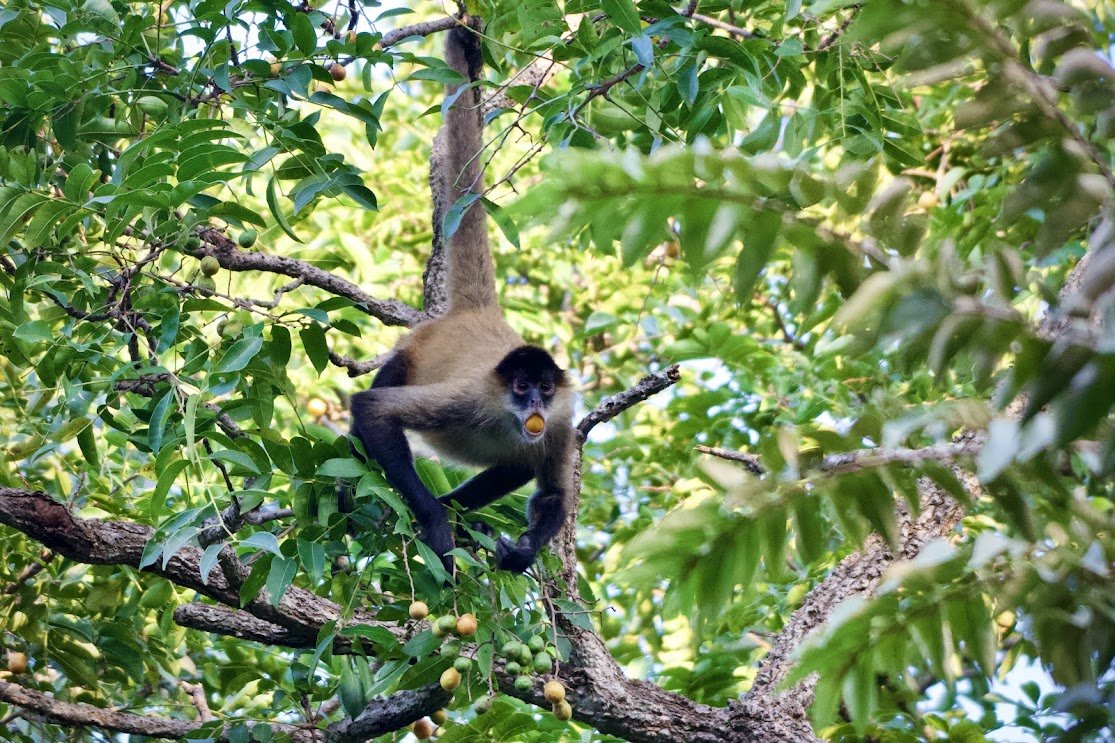
Tracking Wild Primate Populations Since 1983
A Biodiversity Hotspot
We work in a place of incredible biodiversity in the Área de Conservación Guanacaste, Costa Rica (ACG). The ACG has a fascinating history and stands as an incredible conservation success story. The ACG harbors an outstanding 2.6% of terrestrial global biodiversity and stands as the largest tract of critically endangered tropical dry forest in the world–connecting coastal forests to dry forests to rainforests and cloud forests.
Our project is based in the Santa Rosa Sector of the ACG. This sector offers a unique setting for study due to its status as a regenerating, secondary growth, tropical dry forest. This has provided us a rare opportunity to assess effects of forest protection and regeneration on resident primate species.
Our Story
The Santa Rosa Primate Project was founded in 1983 by Dr. Linda Fedigan (University of Calgary) and is one of the longest-running research projects on wild primates.
Our project was started with the goal of advancing understanding of the behavior, ecology, demography, and life history of primate species in the Área de Conservación Guanacaste in Costa Rica: white-faced capuchins (Cebus imitator), black-handed spider monkeys (Ateles geoffroyi) and mantled howler monkeys (Alouatta palliata). Our wild population of capuchins has been under near-continuous study since the project began and over the past 40 years we have been tracking the effects of forest protection, forest regeneration, and climate change on primate populations through park-wide censuses.
The project was joined by co-directors Dr. Katharine Jack (Tulane University) in 2004, Dr. Amanda Melin (University of Calgary) in 2011, and Dr. Fernando Campos (University of Texas at San Antonio) in 2023. The project continues today through the added help of local project managers, field assistants, university students, and collaborators in Costa Rica and abroad. Learn more about our co-directors on our Team Page and about our research on our Research Page.
The longitudinal design of our project allows our team and collaborators to leverage exciting life history, demographic and genetic data on individuals and populations that have been studied near continuously since 1983. The long-term research at this site contributes to a longitudinal collaborative database (PACE) of primate field data which is used to promote cross-species comparative studies.
The collaborative nature of our project and inclusion of team members from diverse backgrounds are key components of our success. The Santa Rosa Primate Project is committed to the values of equity, diversity, and inclusion. We aim to value, support, promote and accommodate team members and collaborators from diverse backgrounds and seek to advance training of members from primate habitat countries. Learn more about our local training and capacity-building initiatives on our Local Training Page.

Young capuchins playing. Photo by Nick Chapoy.

Howler money (Allouatta palliata). Photo by Nick Chapoy.

Santa Rosa secondary growth forest in the wet season. Photo by Nelle Kulick.

View from the historical monument at the Casona overlooking Santa Rosa and other sectors of the ACG. Photo by Fernando Campos.

Santa Rosa during the wet/dry season transition. Photo by Fernando Campos.

Firebreak and patch of early successional forest in Santa Rosa in the dry season. Photo by Fernando Campos.

Spider monkey mother and infant. Photo by Marcos Alvarez Garita.

Santa Rosa during the wet/dry season transition. Photo by Fernando Campos.

Spider Monkey (Ateles geoffroyi). Photo by Nick Chapoy.
Interspecies play session at Santa Rosa between capuchins and spider monkeys. Video by Nick Chapoy.

